Integrated die-casting technology: the “black technology” of modern automobiles
As an innovative process in the modern automobile manufacturing industry, integrated die-casting technology is gradually replacing traditional body manufacturing methods. This technology significantly improves production efficiency and product quality by integrating multiple parts and die-casting them in one go, while reducing costs, bringing many advantages to the automotive industry. This article will provide a detailed introduction to the basic overview, advantages, challenges and solutions, industry application status, market potential and development trends of integrated die-casting technology.
1.Overview of integrated die-casting technology
(1) Definition and principle
Integrated die-casting technology is an advanced manufacturing process that integrates multiple parts into a complete component for production. This technology not only improves manufacturing efficiency, but also significantly reduces the number of connection points during assembly, thereby improving the integrity and reliability of the product. The integrated die-casting technology used by Tesla and other companies can make the entire vehicle structure and other key components (such as chassis beams, battery modules, etc.) of electric vehicles into a whole, thereby improving manufacturing efficiency and reducing costs while ensuring safety and reliability.
(2) Development history
The origin of integrated die-casting technology can be traced back to the innovation of traditional die-casting technology. With the advancement of materials science and engineering technology, integrated die-casting technology has gradually matured and has been widely used in the automotive industry. Tesla is a pioneer in this technology. It was the first to use integrated die-casting rear body in the production of Model Y, which greatly promoted the development of this technology. In addition, other automakers have followed suit and began to explore and apply this technology in order to gain an advantage in the fierce market competition.
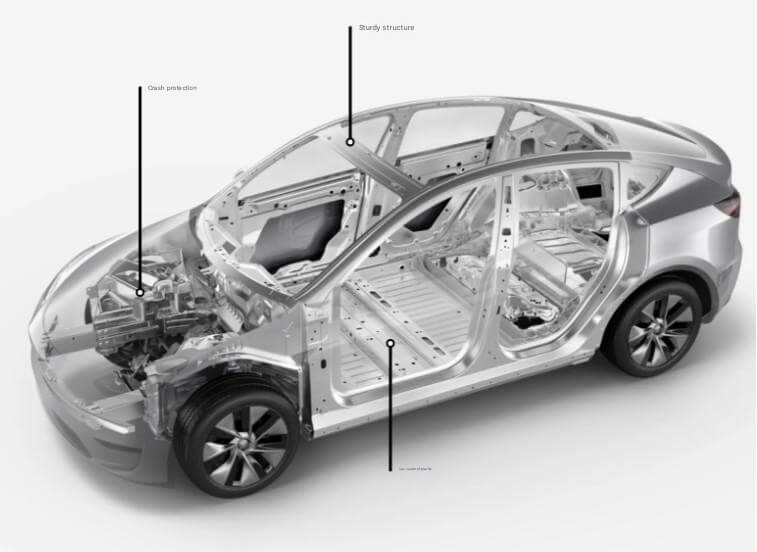
2.Analysis of the advantages of integrated die-casting technology
(1) Reduce weight and consumption, improve fuel efficiency and endurance
Integrated die-casting technology mainly uses aluminum alloy materials, which have excellent lightweight properties. Relevant data shows that when the amount of aluminum alloy reaches 250kg, the amount of steel used in the car can be reduced by 500kg. In the field of passenger cars, the use of aluminum alloy materials can reduce the weight of the vehicle by 30%, thereby improving fuel efficiency by more than 20%. For new energy vehicles, longer endurance is undoubtedly a huge advantage.
(2) Reduce production costs and improve production efficiency
This technology can significantly reduce the number of parts and processes, thereby reducing costs in terms of personnel, infrastructure, time and land. The simplified production process not only reduces production costs, but also greatly improves production efficiency. In the traditional process, it takes at least two hours to assemble parts through stamping and welding, while the integrated die-casting machine only takes 80-90 seconds per processing and can complete the production of 40-45 castings per hour. This efficient production method significantly shortens the new car R&D and mass production cycle, allowing automakers to respond to market changes more quickly.
(3) Improve product quality and safety
Traditional car body manufacturing requires welding of multiple small parts. Once a collision occurs, the welds may become structural weaknesses, causing the body parts to detach. The integrated die-cast body has more consistent overall mechanical properties and significantly improved structural strength. It can maintain sufficient integrity in accidents such as severe collisions, significantly improving the safety of the vehicle. At the same time, the surface of the die-cast parts is smooth and basically does not require machining, which reduces the error accumulation during part welding and further improves product quality.
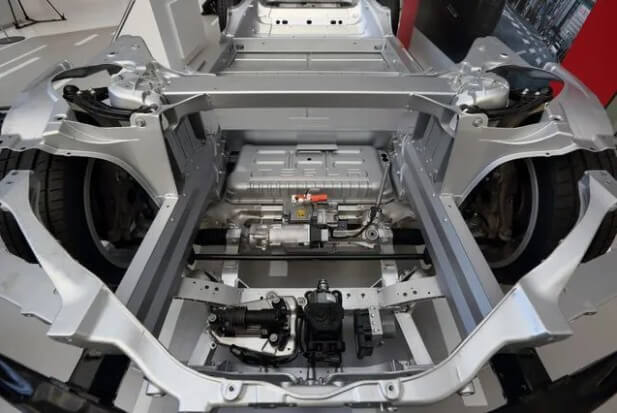
(4) Accelerate the iteration and upgrade of automobiles
After entering the electric intelligent era, automobiles as new intelligent terminals have the ability to continuously evolve. Integrated die-casting technology directly replaces upstream, midstream and downstream businesses through the control of die-casting single parts, greatly improving production flexibility and significantly accelerating the mass production process of new models. The iterative upgrade of models not only exists on the software side, but also has a higher degree of hardware conversion and a shorter development cycle to adapt to the rapidly changing automotive market.
(5) High recycling rate
The integrated die-casting body uses only one material, and its recycling rate can reach more than 95%. After recycling, the waste can be directly melted to make other products, which greatly improves the recycling rate of the raw materials of the body in white. In contrast, the body in white under traditional processes contains multiple materials. After being discarded, it can only be used as raw materials for smelting metals and cannot be directly recycled and reused.
3.Challenges and solutions faced by integrated die-casting technology
(1) Technical challenges
The main technical challenges faced by integrated die-casting technology include high material performance requirements, complex mold design and manufacturing, and strict requirements for die-casting machines. To meet these challenges, it is necessary to develop high-performance aluminum alloy materials, design more reasonable mold structures, and use large-scale high-precision die-casting machines.
(2) Cost issues
Although integrated die-casting technology can reduce costs in the long run, its initial investment cost is high. In addition, the development, maintenance and replacement of molds are also a considerable expense. To solve this problem, companies need to share costs through large-scale production, while continuously optimizing mold design and increasing the service life of molds.
(3) Problems in the production process
This technology also faces problems such as defect control and production stability during the production process. Due to the large size and complex structure of integrated die-casting parts, defects such as pores and cracks are prone to occur during the production process. To this end, it is necessary to strictly control the production process parameters and improve the monitoring and detection capabilities of the production process.
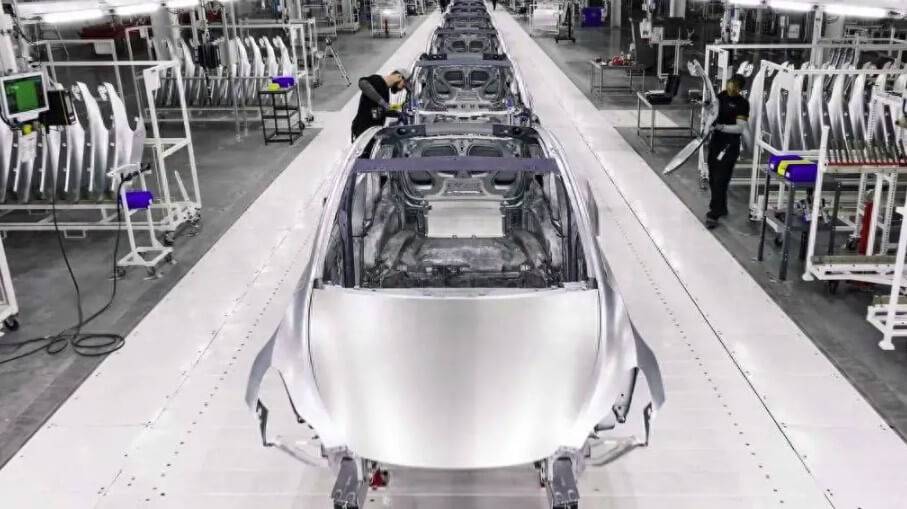
4.Current status of integrated die-casting technology industry application
(1) Development of new energy vehicles
Integrated die-casting technology is mainly used in new energy vehicles, especially electric vehicles. As a pioneer of this technology, Tesla’s successful application has not only improved the competitiveness of its own products, but also promoted the entire industry to move closer to integrated die-casting technology. In addition, other automobile manufacturers such as Xiaomi, Weilai, and Xiaopeng are also actively exploring and applying this technology.
(2) Technological innovation – Xiaomi Automobile
Xiaomi Automobile’s integrated die-casting technology is an innovative manufacturing process that uses a 9,100-ton die-casting machine to die-cast multiple body parts at one time, significantly improving production efficiency and the structural strength of the vehicle. This technology reduces the time and labor costs of traditional welding and assembly, making the vehicle stronger and lighter.
Xiaomi has developed its own Titan alloy, a high-strength, high-toughness, environmentally friendly die-casting material. After extensive testing and optimization, the excellent performance of die-casting parts is ensured. After applying this technology, the number of welding points on the rear floor of the Xiaomi SU7 model has been reduced by 840, the noise reduction capability in the car has been improved by 2dB, the weight has been reduced by 17%, the service life has exceeded 2 million kilometers, and it has excellent anti-collision capabilities.
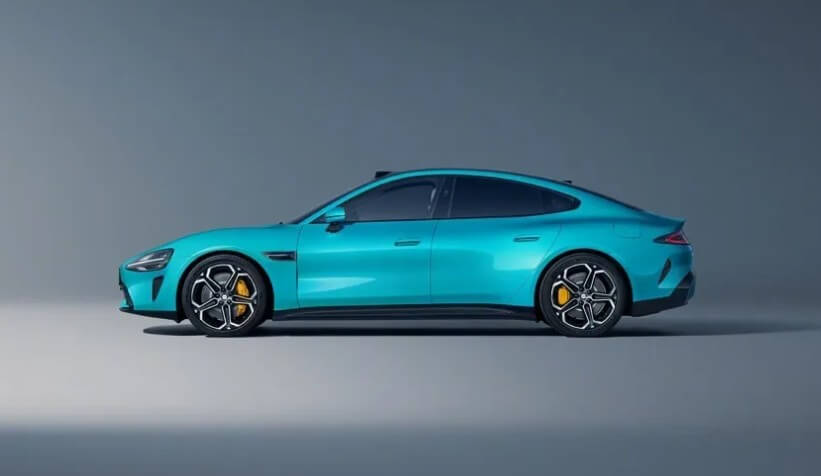
5.Market potential and development trend of integrated die-casting technology
(1) Market potential
With the increasing global demand for new energy vehicles, the market potential of integrated die-casting technology is huge. Industry insiders estimate that by 2025, the sales volume of vehicles equipped with integrated die-casting parts is expected to reach 3.03 million units, and the market space will increase from RMB 900 million in 2021 to about RMB 27 billion. The application of this technology can not only reduce production costs, but also improve vehicle performance and endurance, which is in line with the development trend of new energy vehicles.
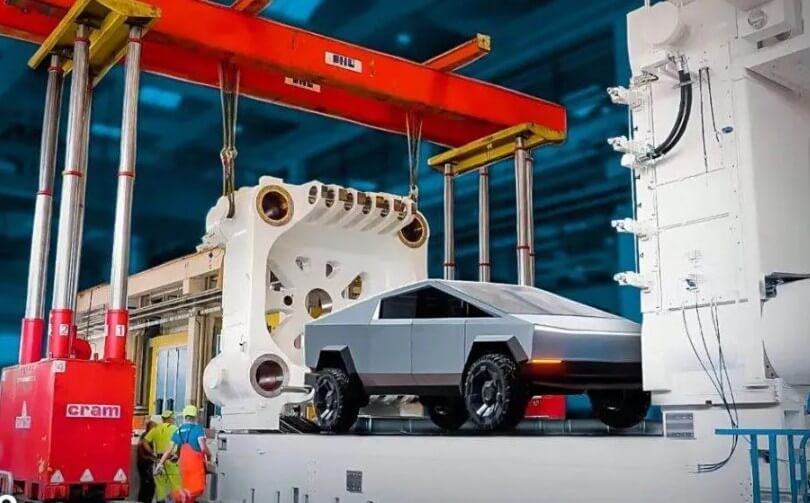
(2) Future development trend of technology
Integrated die-casting technology will continue to develop towards higher integration, lighter weight and lower cost. With the continuous advancement of technology and the maturity of the industrial chain, it will gradually be applied to the production of more automotive parts and even the entire car body. In addition, with the advancement of materials science and manufacturing technology, integrated die-casting technology may achieve a more efficient production process in the future, further enhancing the competitiveness of products.
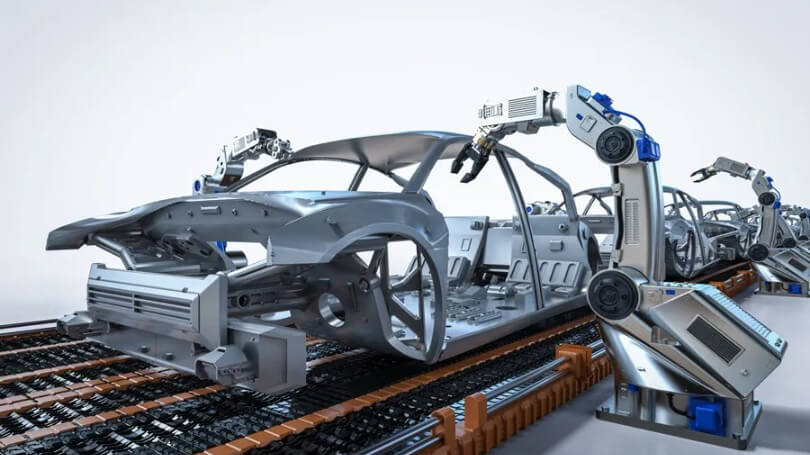
6.Conclusion
Integrated die-casting technology has become an important innovation in the automotive industry, especially in the field of new energy vehicles. It has not only changed the traditional automobile manufacturing process, improved production efficiency and material utilization, but also promoted the development of lightweight vehicles and improved vehicle performance. The widespread application of this technology will help promote the automotive industry to develop in a more efficient and environmentally friendly direction.

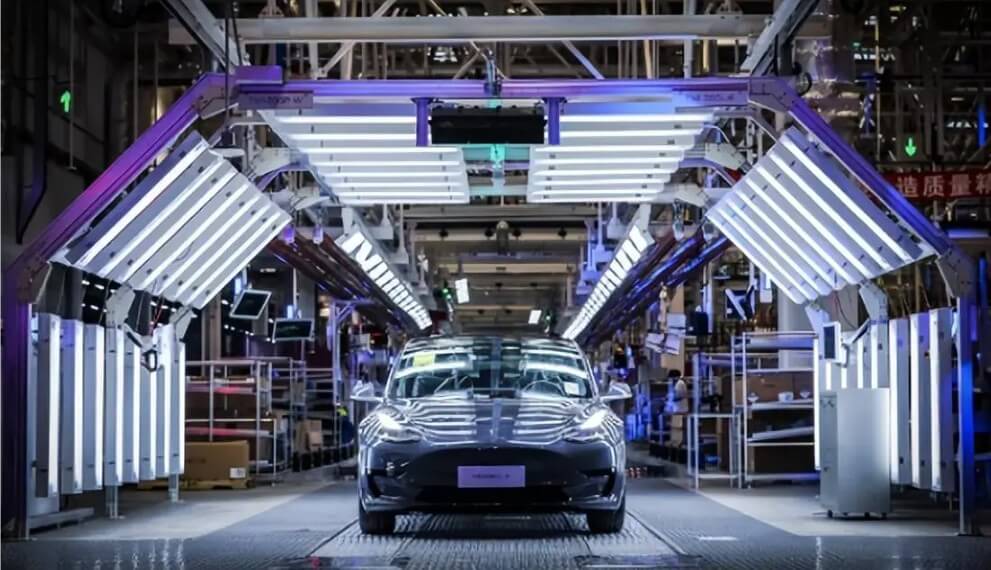
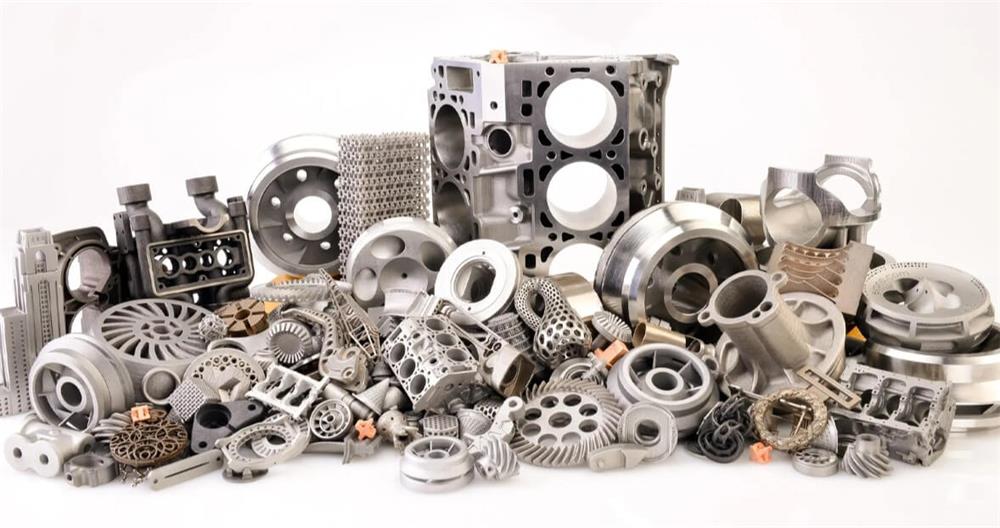
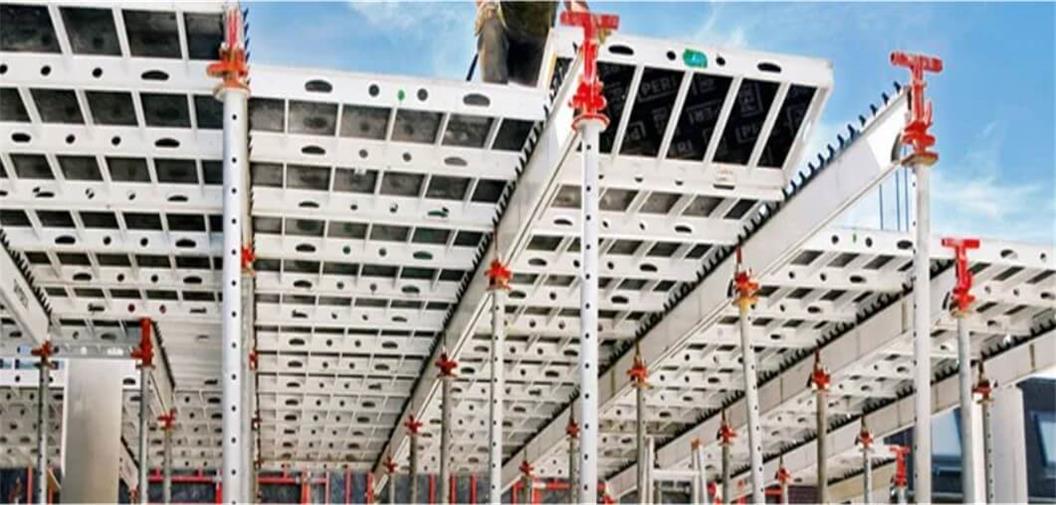
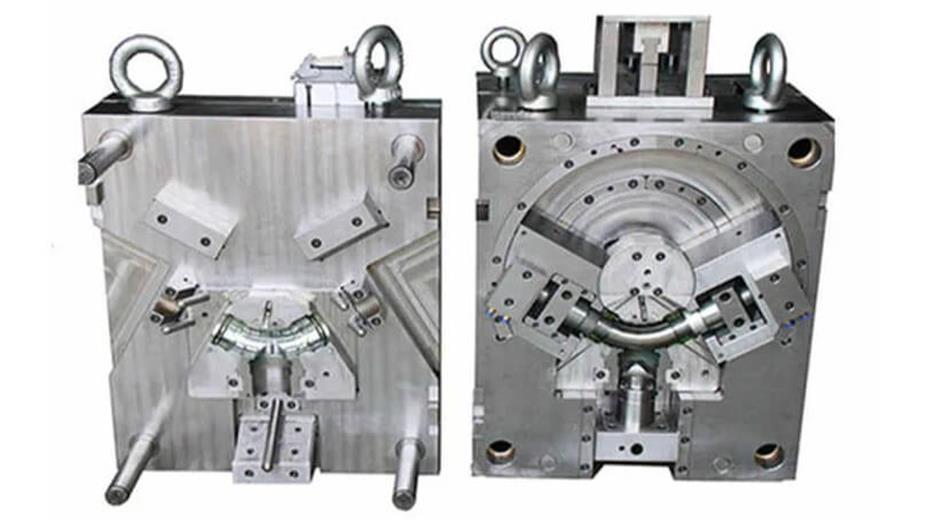
What do you think?
[…] Integrated die-casting technology improves production efficiency by reducing the number of parts. […]
Comments are closed.